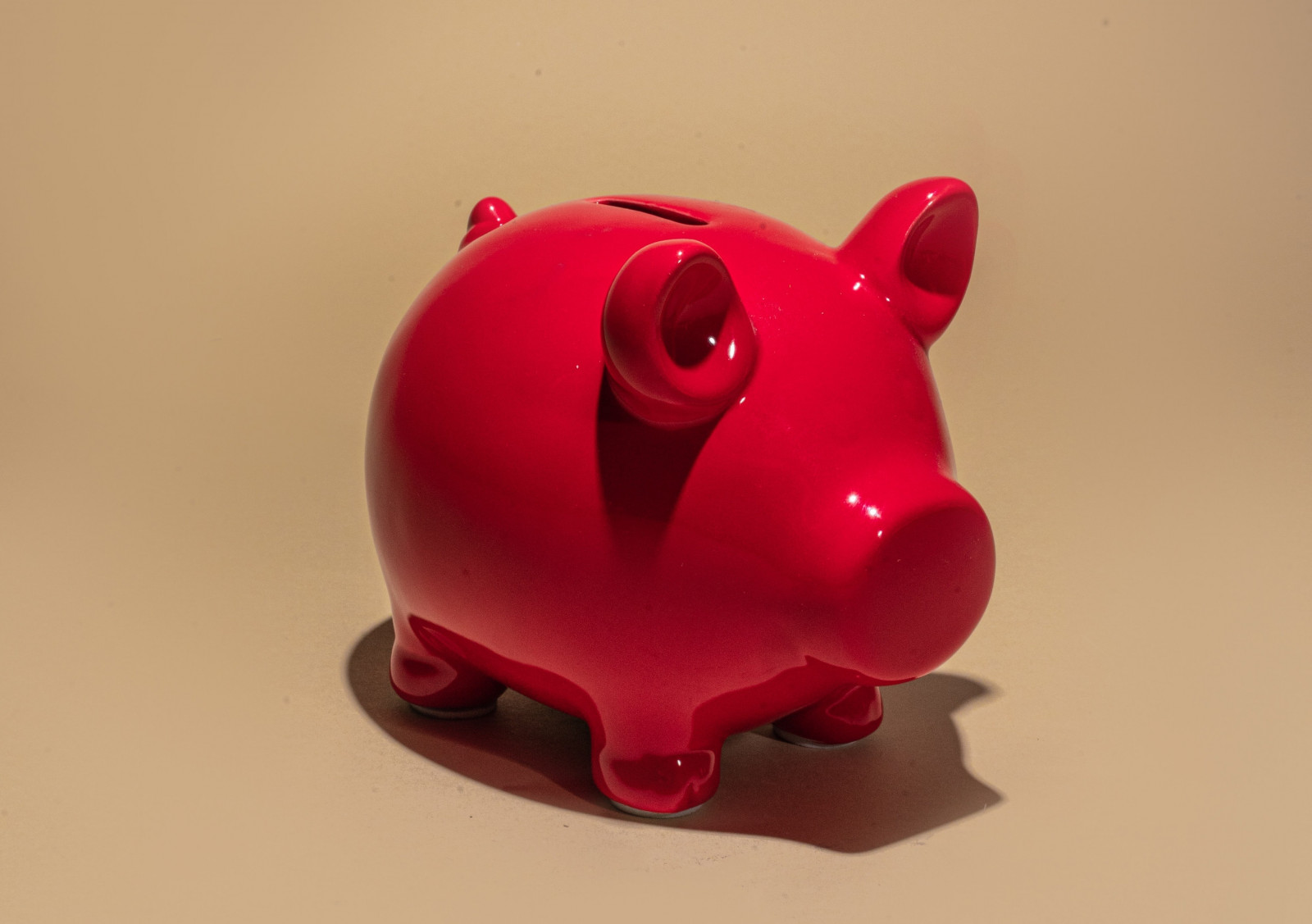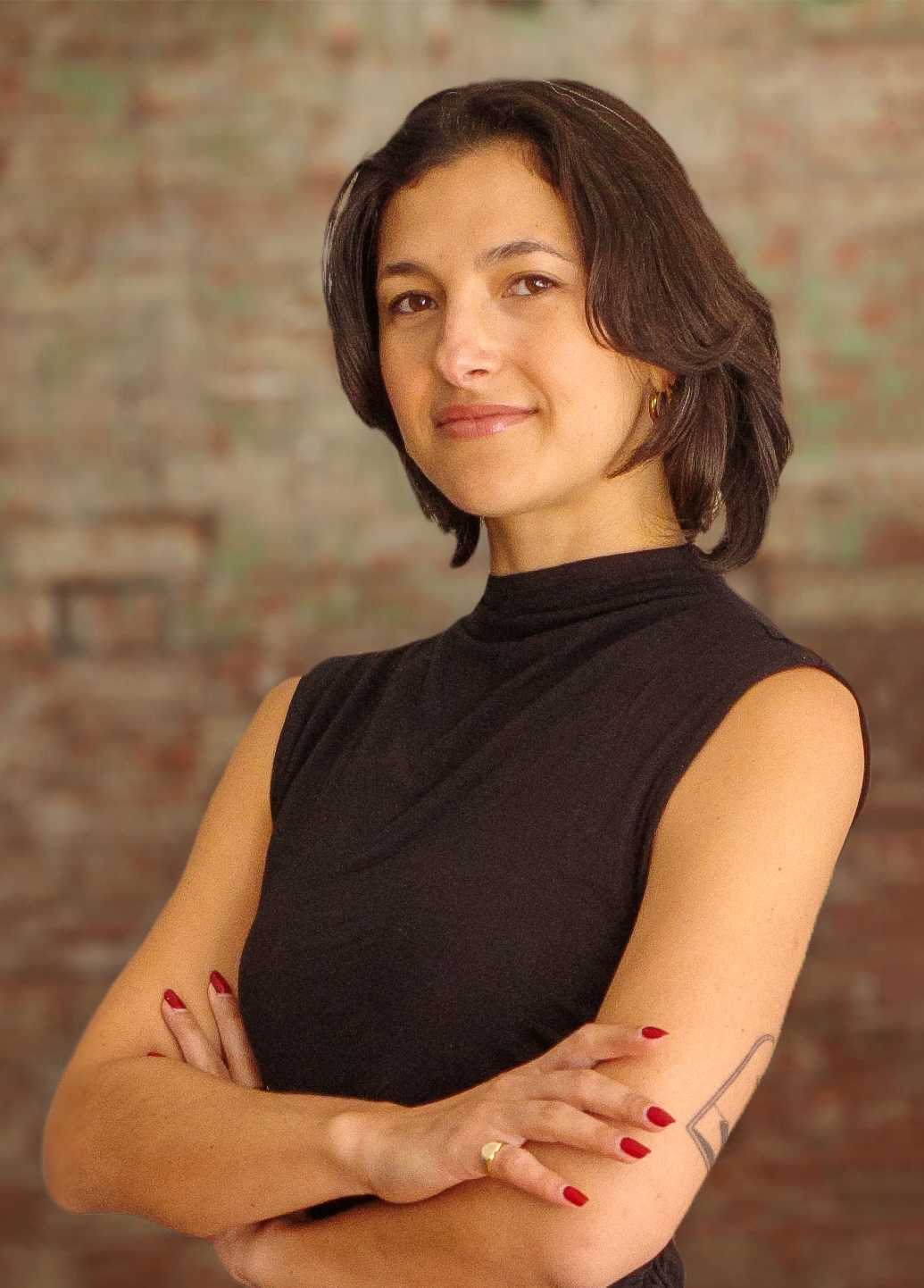Should streaming take a cue from TikTok’s revamped creator program?

Photo: Mikhail Nilov

A year ago, VidCon co-founder and vlogger Hank Green posted a viral YouTube video lambasting TikTok’s $1 billion Creator Fund, claiming it delivered chump change to videos with millions of views. The issue, he explained, was that the pool of funds was static — so the more that TikTok’s creator base grew, the less everyone made.
Sound familiar? Streaming services face a similar issue, and similar complaints. Although the pool of funds from DSPs is not static, and unlike on TikTok, artists are paid out from the platform’s own revenues, the money pot cannot grow nearly as fast as the number of creators releasing music. This is contributing to most artists’ inability to earn meaningful revenue from streaming (although it is not the only factor).
Yes, this is all oversimplified. But it is not the first time that TikTok creators’ challenges have mirrored those of streaming artists. As another example, now that content is ubiquitous and algorithmically-driven, the focus is on individual posts over creators (just like songs over artists), making it harder to develop followers (and fans). Given these similarities, as streaming services begin the work of designing a new model, perhaps they should pay attention to TikTok’s proposed solution.
Raising the bar
TikTok’s attempt to resolve these issues is a revamped creator fund called the “Creativity Program”. To qualify for funds, creators must meet the minimum follower and video view requirements and publish “high-quality, original content longer than one minute”. While the official details are vague and the program is still in beta, The Information reports that the new minimum follower count may be 100,000, which would be a large jump from the 10,000 required under the old fund. Twitch also has a minimum threshold: to monetise their channels under its "Affiliate" program, creators must have at least 50 followers and three concurrent viewers or more over the last 30 days, among other requirements.
A minimum threshold might not be a bad idea for streaming. In the current model, the money pot is divided between all rightsholders on the platform based on share of total streams, which means a sizable chunk goes to the collective group of artists who have a tiny amount of streams each. If there were a minimum threshold for earning from the money pot — say, 1,000 streams on a song or 1,000 monthly listeners — the smallest artists would make nothing, but chances are, they were making very little in the original model anyway. Because there are so many of them, these smaller artists foregoing pocket change would translate into meaningful changes in income for artists who do take that next step — helping them commit more time and resources into their careers and potentially become even more successful.
Featured Report
Streaming strongholds High-potential markets for global music players
While the balance of music streamers continues to tip towards global south markets, their smaller ARPU rates limit their revenues. Meanwhile, periodic price-rises and the advent of supremium will reinforce the contributions from the West. This report highlights streaming strongholds, those markets which, underscored by high music engagement and his...
Find out more…This would go against the way music copyright law is structured, where rightsholders receive a royalty every time a song is reproduced. And it would not fix streaming economics — it would change the way the pie is divided, rather than truly growing it. But it could be a small change with a big impact.
Should there be other thresholds based on things like quality and song length? Maybe, but this would be trickier to institute. Quality is subjective. Even something like hi-fidelity audio is technically of objectively better quality, but whether a listener prefers it (or even notices it) is subjective. A threshold based on song length would incentivise longer tracks and show little regard for the way the art form is changing, or how artists might interpret it. Consider rapper Tierra Whack’s critically-acclaimed 2018 album Whack World, where no track is longer than one minute. The streaming industry must balance objective measures, like a stream count, with allowing the art form flexibility.
Creator funds are not a long-term solution
TikTok’s creator fund matters because social platforms are no longer just competing for users. They are competing for creators who will make the content to attract users. Creator funds are a talent acquisition strategy, as is YouTube Shorts’ competitive ad revenue sharing program.
However, unlike streaming royalties, creator funds are temporary and artificial solutions. TikTok creator economics do not add up yet, but TikTok’s hope is that there will soon be no need for a fund. The platform is reportedly developing other monetisation tools for creators, which The Information hints could include paywalled videos. Parent company ByteDance is also reaffirming its commitment to e-commerce, which is where creators on TikTok’s Chinese counterpart, Douyin, make most of their income.
For now, though, content creators have leverage. As platforms compete for creators, this is the time to push for better remuneration. This type of competition is not happening among DSPs because all platforms have roughly the same structure — there is little benefit to focusing on one in particular. But perhaps the bubbling debate over what a new streaming business model could look like will lead to some kind of platform differentiation, and force DSPs to fight for creators, too.

The discussion around this post has not yet got started, be the first to add an opinion.